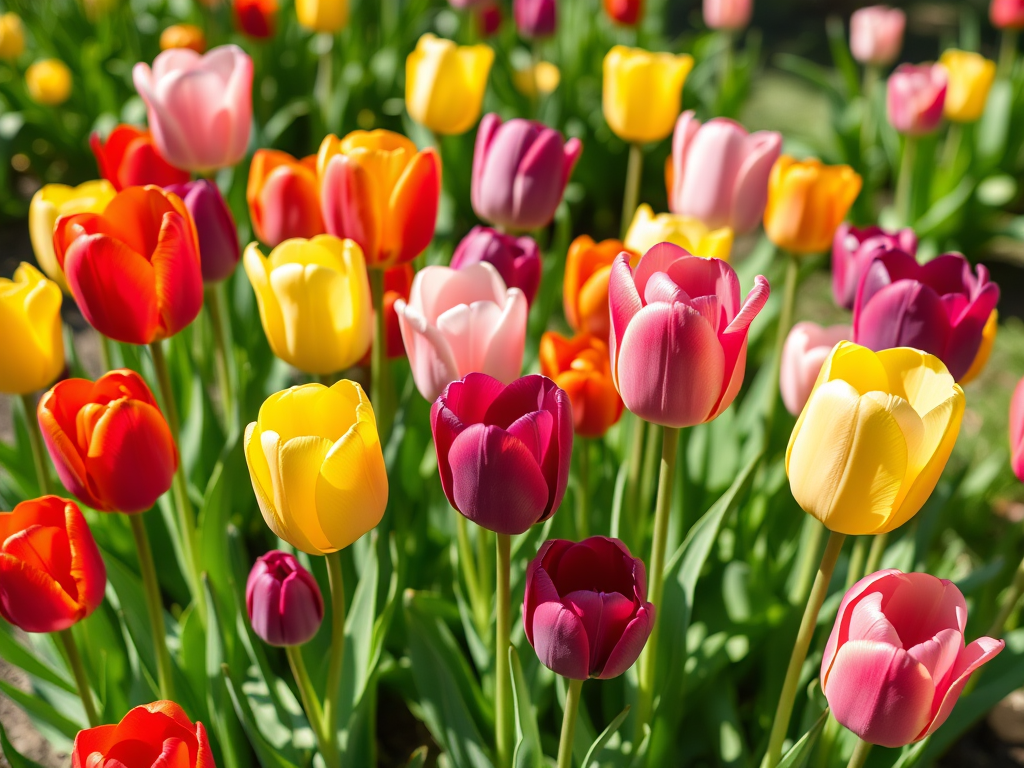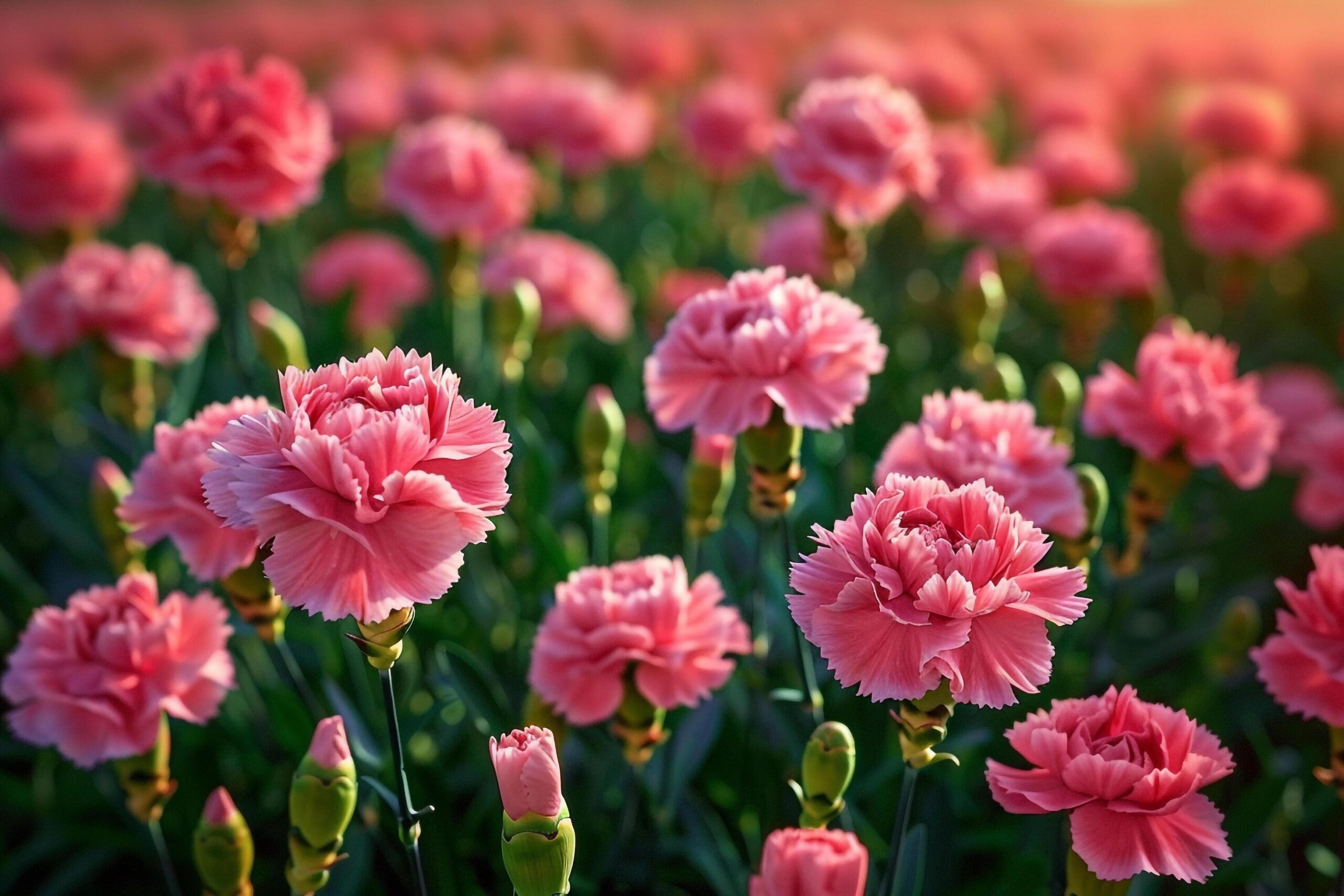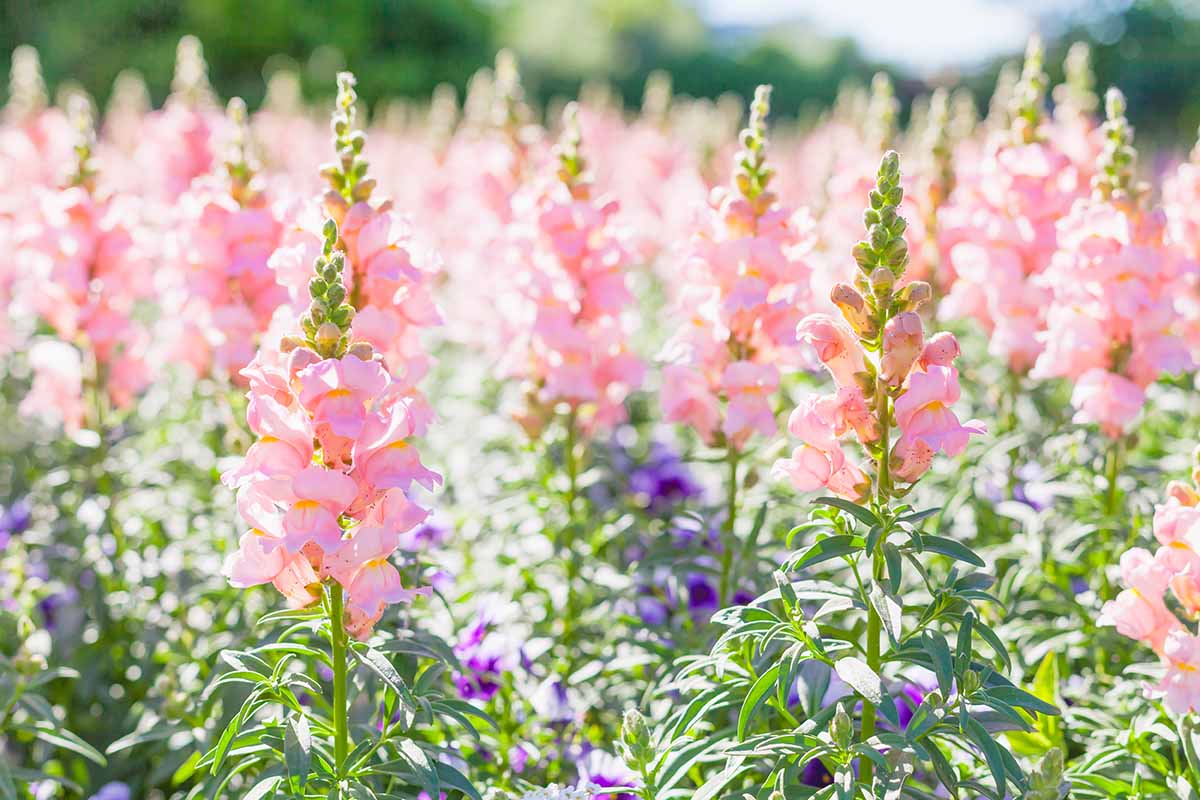The Language of Flowers, Pt. 4

Part Two of our Language of Flowers series, featuring the meaning of orchids, daisies, zinnias, and daffodils.
We’re back with more flowers and their meanings!
In the Victorian Era, complex messages could be sent with bouquets – the kinds of flowers, their colors, and even the way it was offered or held conveyed a world of information!
These days flower language isn’t quite as complex, but certain blooms still hold special meanings. If you’re looking to add some extra sentiment to your bouquet, we’re starting a handy ‘dictionary’ of flowers for you!

Tulips
Tulips, with their graceful shape and vibrant colors, are one of the most beloved flowers worldwide. Their simple yet striking beauty makes them a symbol of perfect love, making them especially popular in spring and for romantic gestures.
- Red Tulips: Passionate love and romance.
- Pink Tulips: Affection, caring, and gentle emotions.
- Yellow Tulips: Cheerfulness and sunshine, perfect for brightening someone’s day.
- White Tulips: Purity, forgiveness, and new beginnings.
- Purple Tulips: Royalty, elegance, and admiration.
Originating from the Ottoman Empire and embraced by the Dutch during the “Tulip Mania” of the 17th century, tulips carry a rich history of admiration and intrigue. Whether given as a token of love or displayed as a celebration of spring, tulips remind us of life’s fleeting beauty and moments of joy.
Carnations
Carnations, with their ruffled petals and long-lasting charm, are flowers rich in symbolism and history. Known as the “flower of the gods,” they carry deep meanings that vary by color, making them a versatile choice for any occasion.
- Red Carnations: Represent deep love, admiration, and affection.
- Pink Carnations: Symbolize gratitude, motherly love, and remembrance.
- White Carnations: Convey purity, innocence, and good luck.
- Yellow Carnations: Traditionally represent disappointment or rejection, but modern interpretations lean toward friendship and cheer.
- Purple Carnations: Signify capriciousness or whimsy.
Beyond their colors, carnations are often associated with devotion and eternal love, making them a popular choice for weddings, anniversaries, and Mother’s Day. Their delicate beauty and lasting blooms make carnations a timeless flower with endless ways to express heartfelt emotions


Snapdragons
Snapdragons, known for their vibrant colors and unique dragon-shaped blooms, carry a rich symbolism that makes them more than just an eye-catching garden favorite. These flowers represent grace, strength, and resilience—qualities reflected in their ability to thrive in challenging conditions. In the Victorian language of flowers, snapdragons symbolized deception or concealment, but in modern interpretations, they often signify inner strength and the ability to overcome obstacles. Their tall, upright stems and bold hues also make them a symbol of confidence and positivity. Whether used in bouquets to convey admiration or grown in gardens as a reminder of perseverance, snapdragons are a beautiful testament to the power of standing tall through life’s challenges.
Sweet Pea
Sweet peas, with their soft, fluttery petals and captivating fragrance, are flowers rich in symbolism and charm. Often associated with gratitude and delicate pleasure, they make a meaningful addition to bouquets and gardens alike. These enchanting blooms carry the Victorian-era message of “thank you” or “goodbye,” making them a thoughtful gesture for expressing appreciation or bidding a heartfelt farewell. Their sweet scent and pastel hues also evoke feelings of joy and nostalgia, perfect for celebrating cherished moments. Whether given as a token of thanks or grown to fill the air with their perfume, sweet peas remind us of the beauty found in simplicity and the power of small, meaningful gestures.

Looking to learn more about flowers and their meanings? We’ll be posting more in the coming months – stay tuned!
Send me the guide
Wondering how to get started? Grab our guide to get inspired and see what our event team can do for you!
CHOOSE WHAT MAKES YOUR HEART BLOOM
When it comes to flowers
the completely free guide